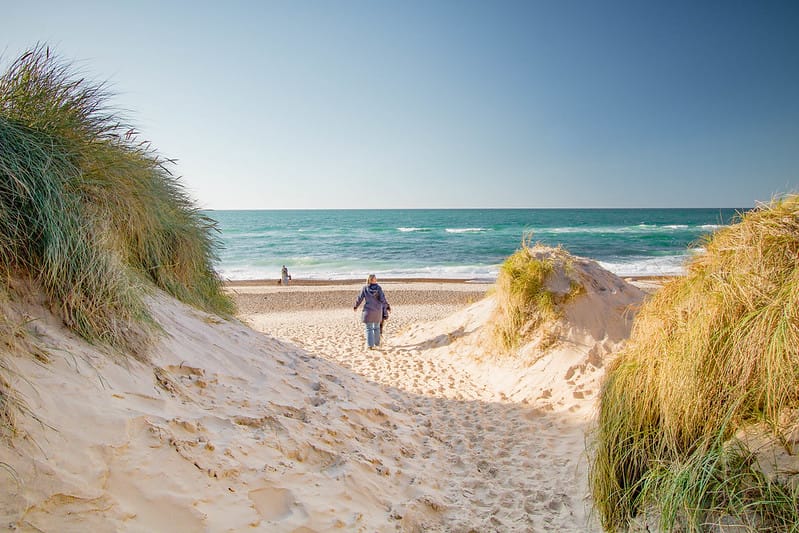13 Best Things To Do In Copenhagen For First-Time Visitors
Copenhagen has so much to explore, but here's the best attractions to explore for first-time visitors to the city.
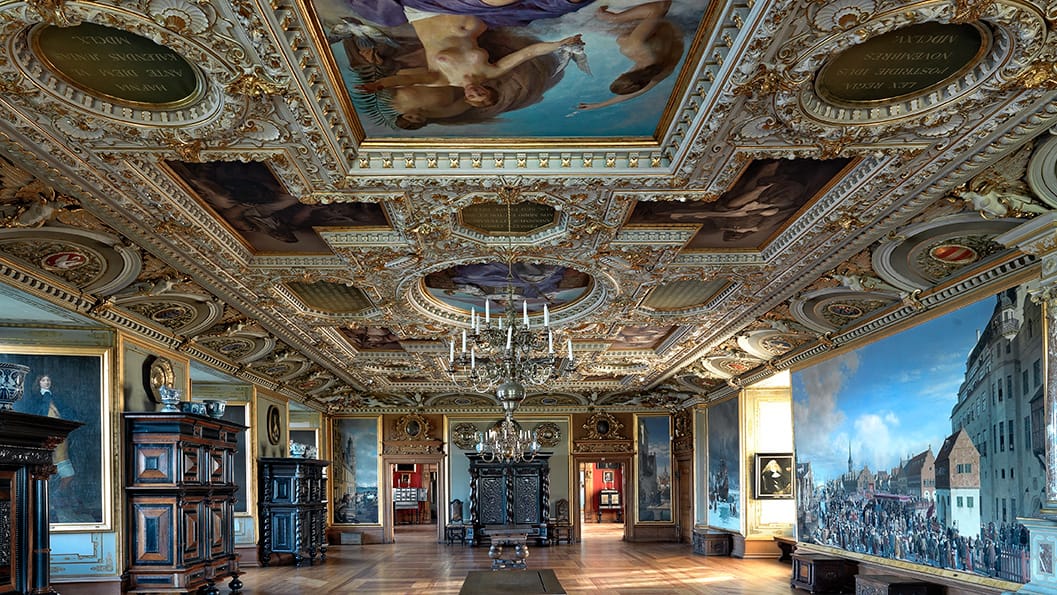
Tivoli Gardens
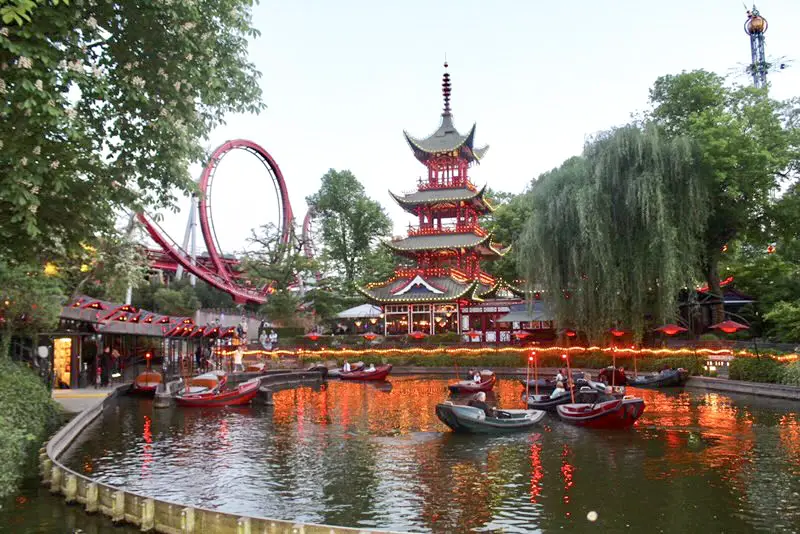
Tivoli Gardens, one of the world’s oldest amusement parks, opened in 1843 smack in Copenhagen’s center, sparked by Georg Carstensen to spread delight. Inside, it’s a whirlwind of twinkling lights, roller coasters clattering above, and the sugary waft of cotton candy. With its blooming gardens and live shows blending old-school charm with modern kicks, it’s a magnet for anyone chasing a magical, timeless escape.
Nyhavn
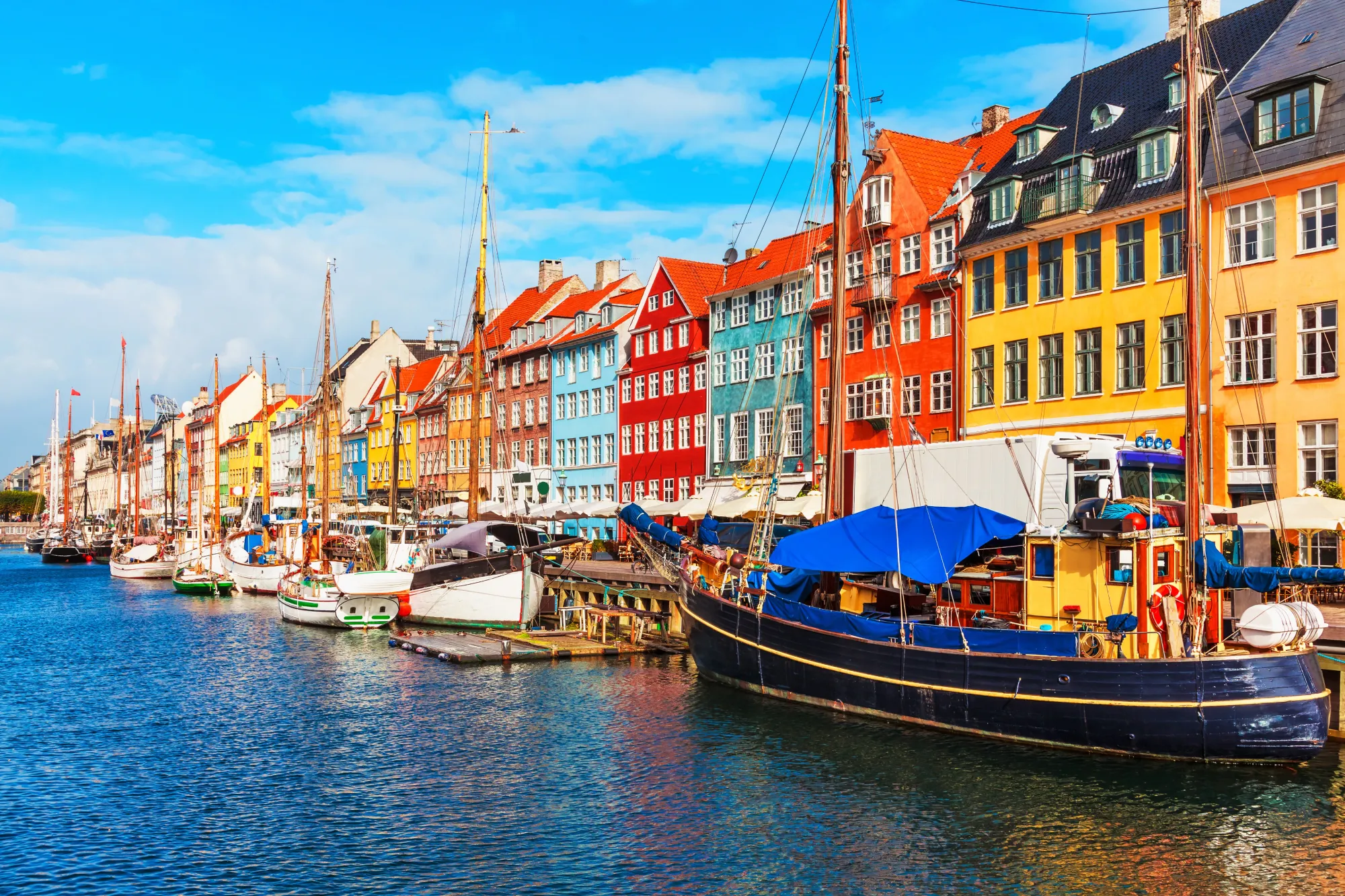
Nyhavn, Copenhagen’s iconic canal, kicked off in the 17th century as a bustling port for trade and sailors, carved to connect the city to the sea. Now, its rainbow of townhouses frames a postcard view—boats sway, and cafe chatter fills the air with a salty breeze. Stroll here and catch the golden hour glow; it’s a Danish classic that hooks everyone with its laid-back beauty and waterfront buzz.
The Little Mermaid Statue
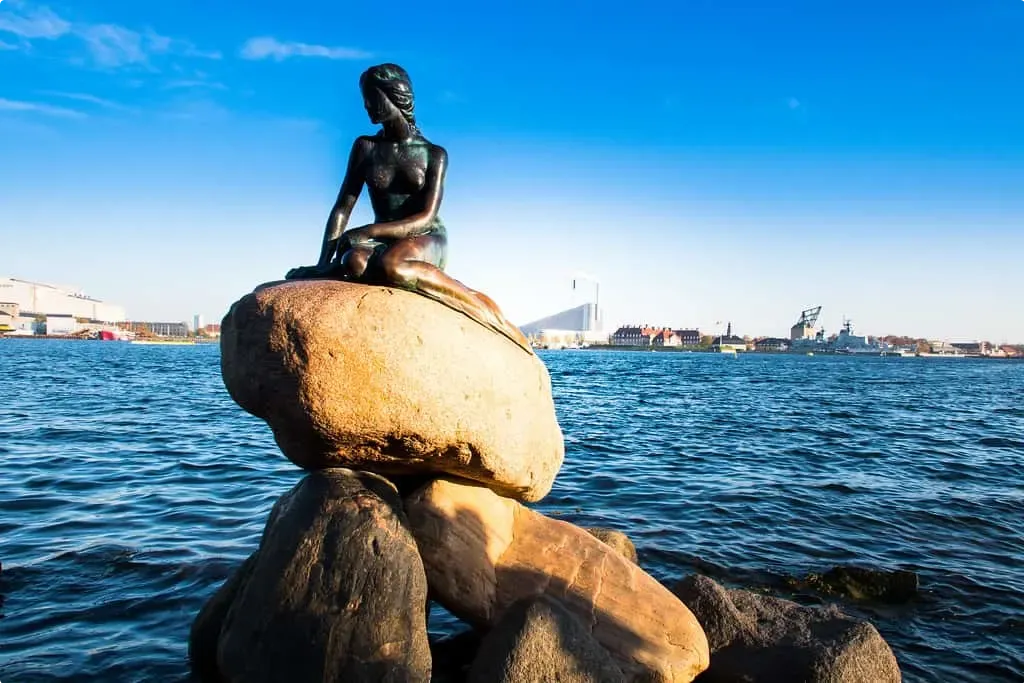
The Little Mermaid Statue, set on a rock by Langelinie since 1913, came from brewer Carl Jacobsen’s love for Andersen’s fairy tale. She’s petite but packs a punch, staring out over the harbor with a serene pull that lures crowds. Snap a shot and hear the gentle waves—it’s a quiet, storybook spot that’s a hit for its charm and literary roots.
Rosenborg Castle
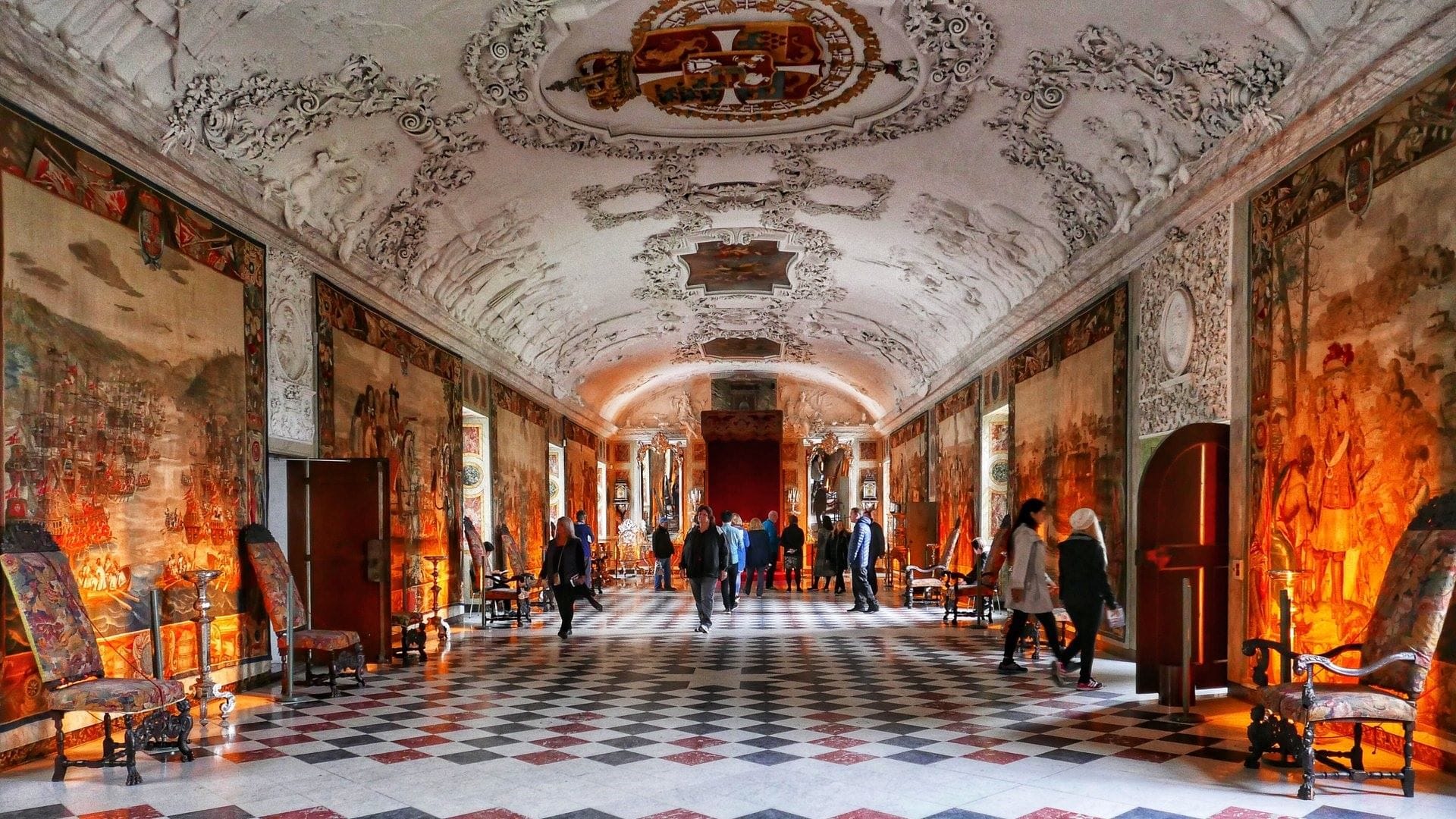
Rosenborg Castle, a 1606 Renaissance beauty, was King Christian IV’s summer pad and treasure vault in Copenhagen’s core. Roam its rooms and spot crown jewels sparkling in low light, with gardens sprawling outside like a royal backyard. The air hums with history, and its elegance grabs anyone who digs a deep dive into Denmark’s regal days.
Amalienborg Palace
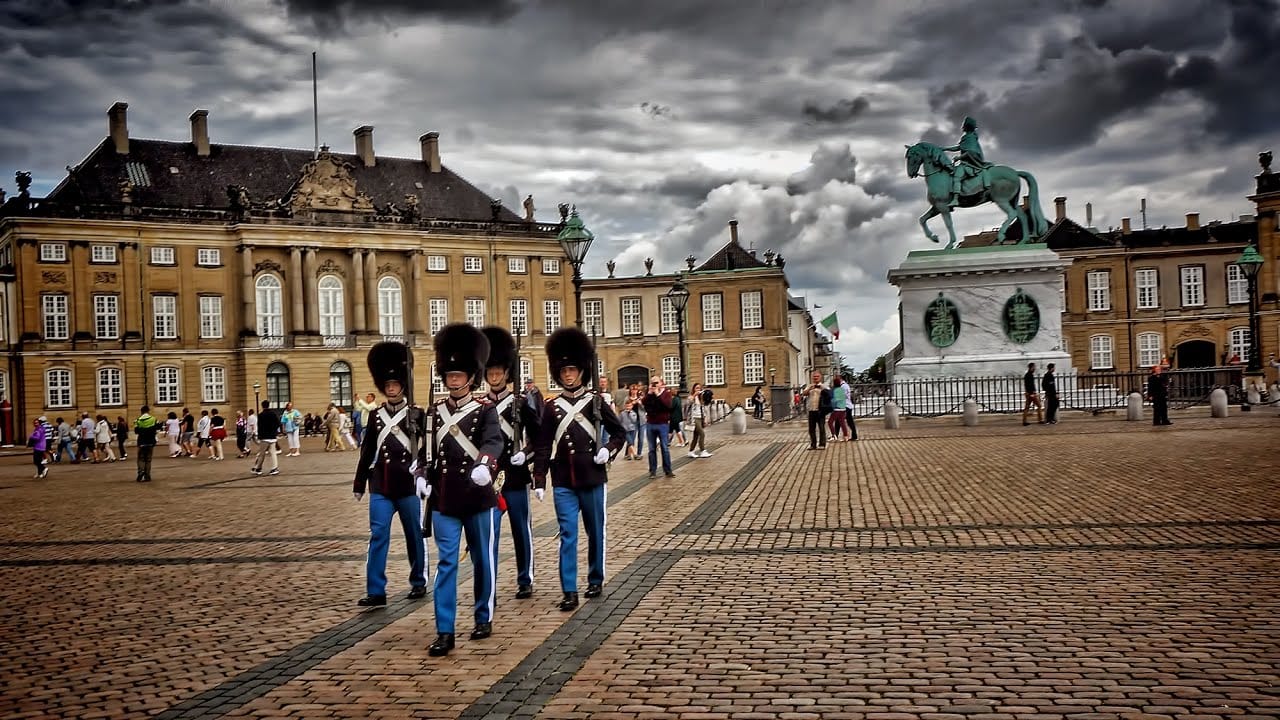
Amalienborg Palace, home to Denmark’s royals since 1794, anchors a square with four rococo facades in Copenhagen’s heart. Watch the guards swap at noon, boots echoing on stone, while the harbor glimmers beyond. It’s grand yet alive, pulling in folks for its royal flair and that unbeatable view—a slice of living monarchy.
National Museum of Denmark
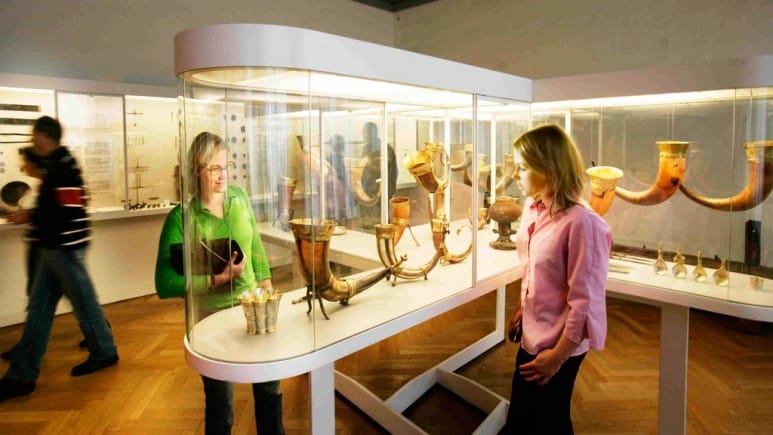
The National Museum of Denmark unpacks Denmark’s saga from ancient bogs to Viking raids, built to guard its past. Wander through and see rune stones, eerie bog bodies, and golden horns—the place feels like a time capsule. It’s a goldmine for history lovers, with exhibits that stick with you long after you leave.
- The current situation: The Natural History Museum of Denmark currently has multiple locations, including the Zoological Museum in Østerbro and the Geological Museum, which are scheduled to close to the public in preparation for the new building.
- The new location: The new museum building is being constructed in the Botanical Garden in Copenhagen, and it will bring together all the museum's collections and exhibitions under one roof.
- Expected opening: The new museum is expected to open to the public in the fall of 2026.
Christiansborg Palace
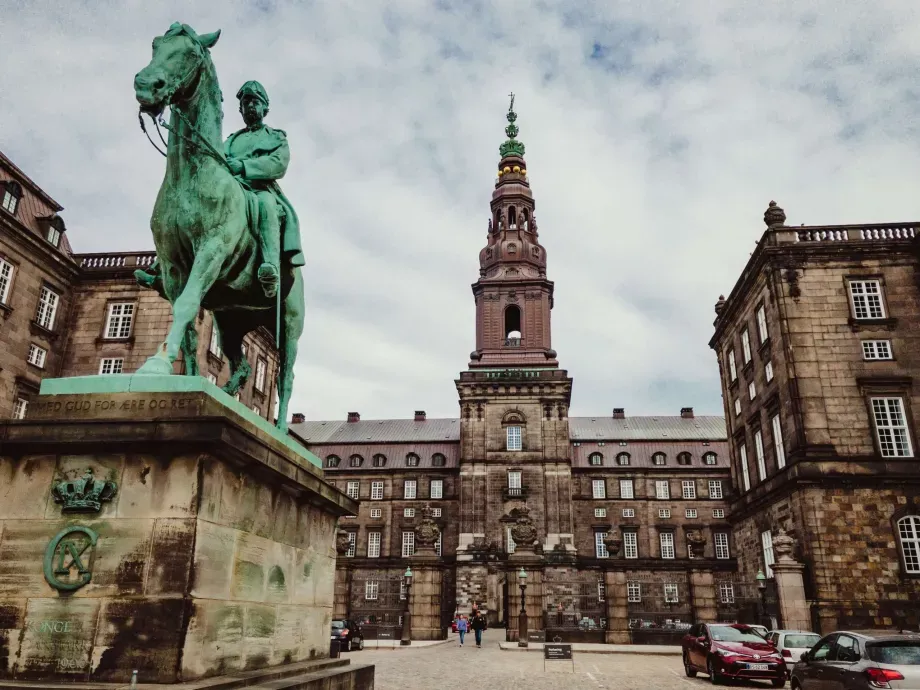
Christiansborg Palace, rising on Slotsholmen island, has been Denmark’s power hub since the 1100s, now hosting parliament and royal rooms. Climb its free tower for a killer city view, then step into halls where chandeliers dazzle and history weighs heavy. It’s a standout for its mix of politics, royalty, and sheer wow factor—everyone finds something here.
Looking For Something Else In Denmark?
Rundetaarn (Round Tower)
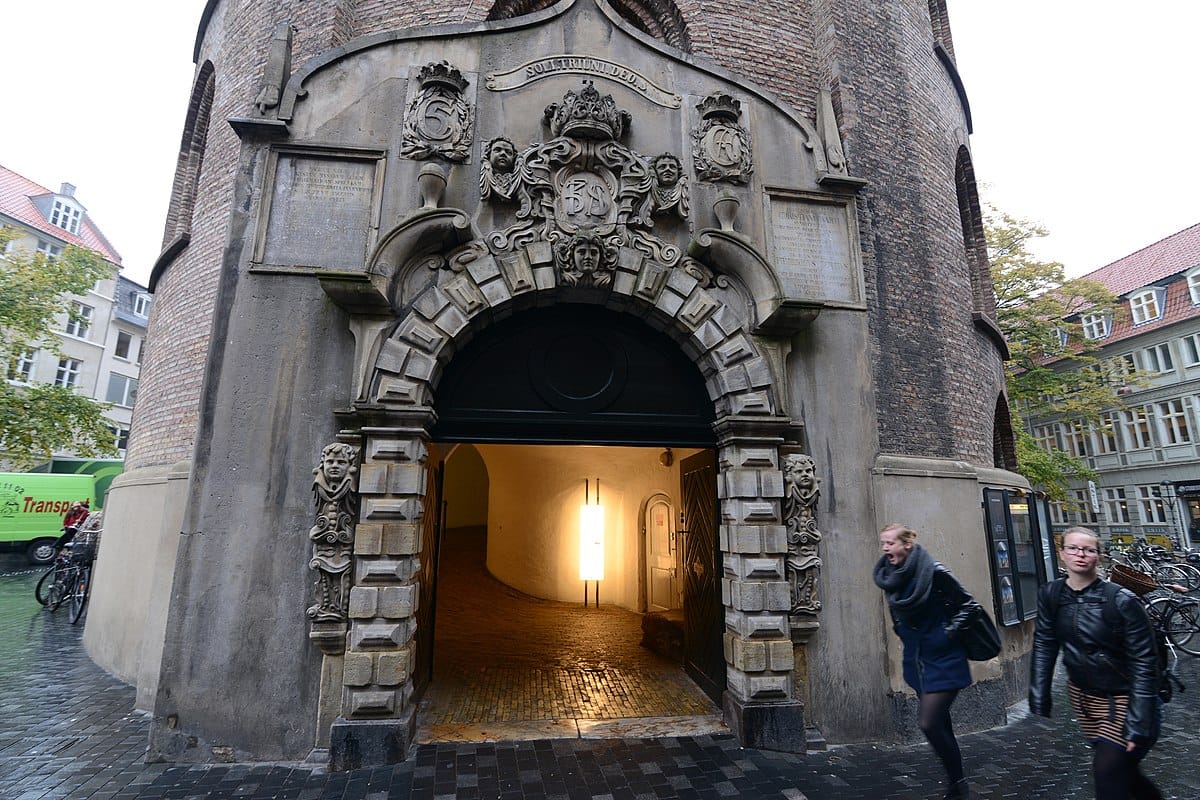
Rundetaarn, a 1642 tower from Christian IV’s astronomy obsession, claims the title of Europe’s oldest working observatory. Wind up its horsedrawn ramp—yep, no stairs—and land at a rooftop with starry nights or city vistas. The quirky climb and epic payoff make it a fave for anyone into oddball history and killer views.
Copenhagen Zoo
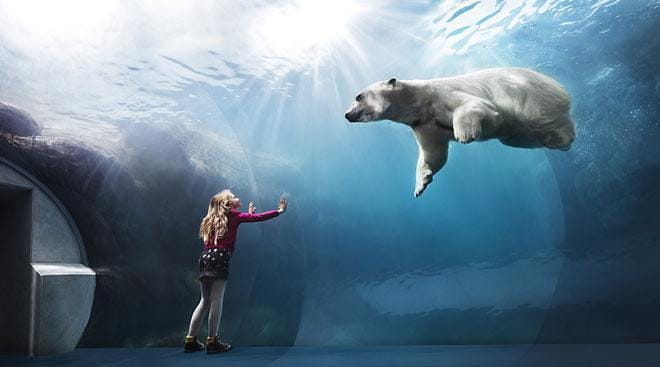
Copenhagen Zoo, launched in 1859 in Frederiksberg, ranks among Europe’s oldest, born to share wildlife wonders with the masses. Stroll past polar bears splashing, giraffes stretching for leaves, and the hum of excited kids—it’s a lively sprawl. That wooden tower seals its charm, making it a go-to for families and animal fans.
Frederiksborg Castle
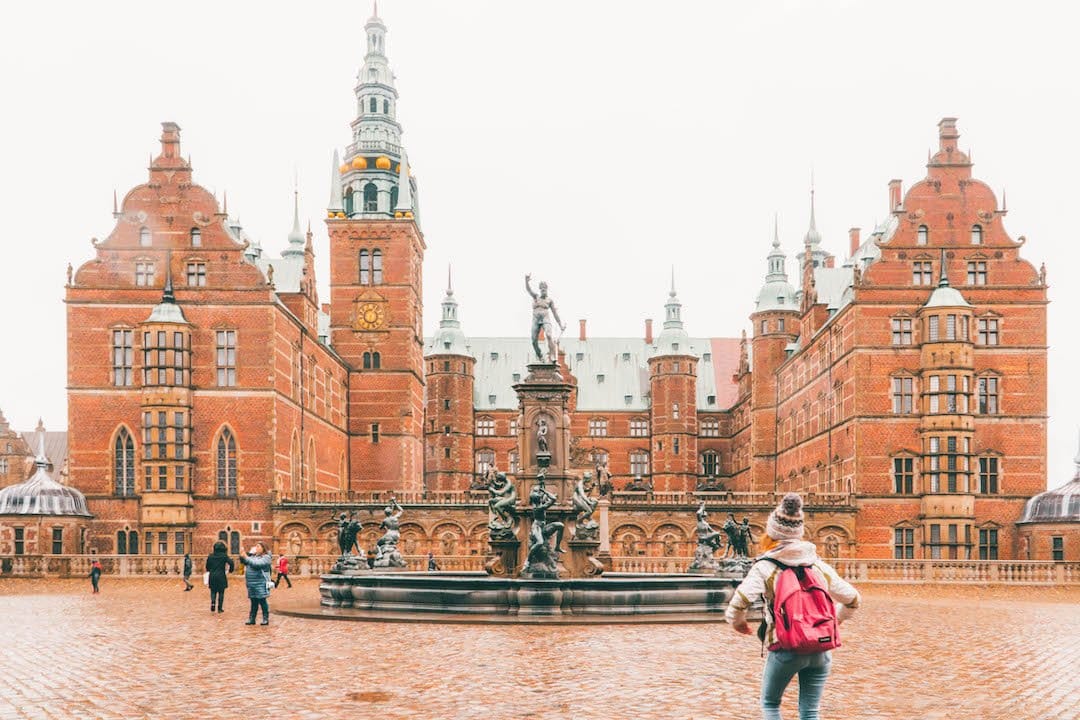
Frederiksborg Castle, just north in Hillerød but tied to Copenhagen’s pull, was Christian IV’s 1600s flex of Danish grandeur. Sitting on a lake, its red brick and spires stun, while the National History Museum inside spills royal tales. Paddle the waters or roam the gardens—it’s a jaw-dropper for castle buffs and story seekers.
Strøget
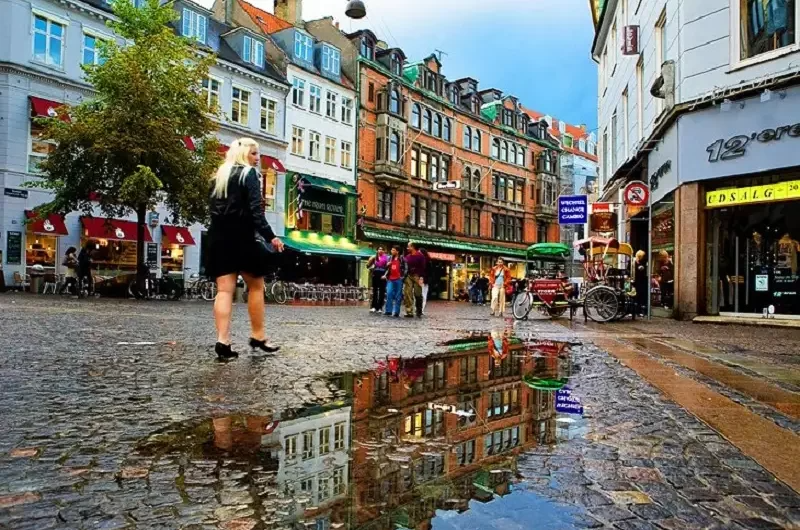
Strøget, a car-free stretch through Copenhagen’s core, became one of Europe’s longest pedestrian zones in the 1960s to spark urban life. It’s a bustling ribbon of shops, buskers strumming, and the smell of warm waffles drifting by. Walk it and feel the city’s beat—perfect for soaking in the vibe or grabbing a keepsake, it’s a local staple.
Freetown Christiania
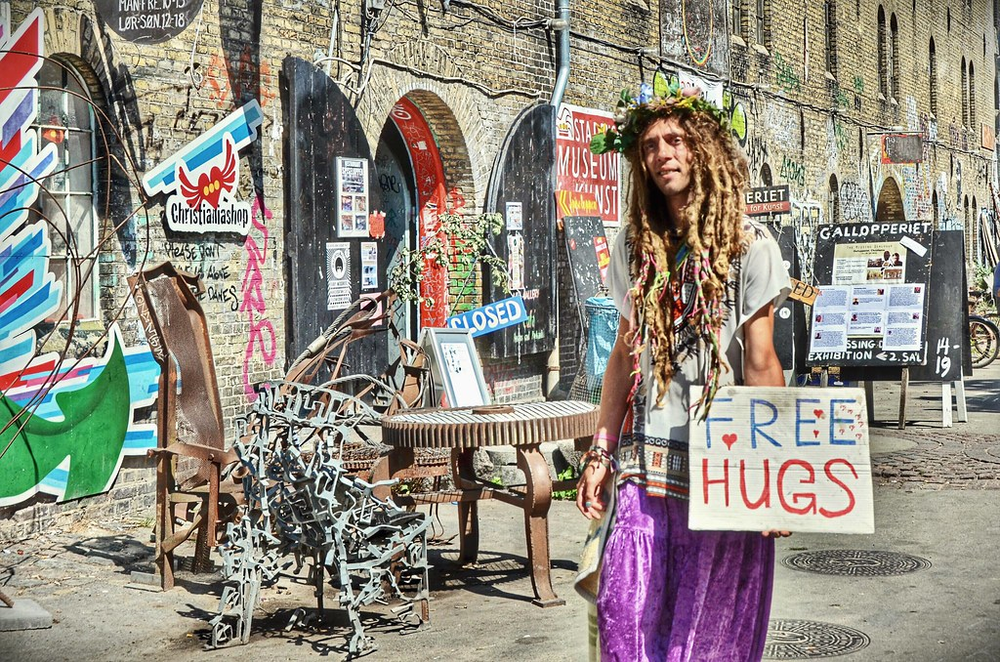
Freetown Christiania, a hippie enclave born in 1971 when squatters took over an old military base, sits in Christianshavn as Copenhagen’s free-spirited outlier. Wander its lanes and catch murals popping off walls, the whiff of weed in the air, and handmade stalls buzzing on “Green Light District.” It’s raw, artsy, and defiant—people love it for its rebel soul and offbeat energy.
Botanical Garden
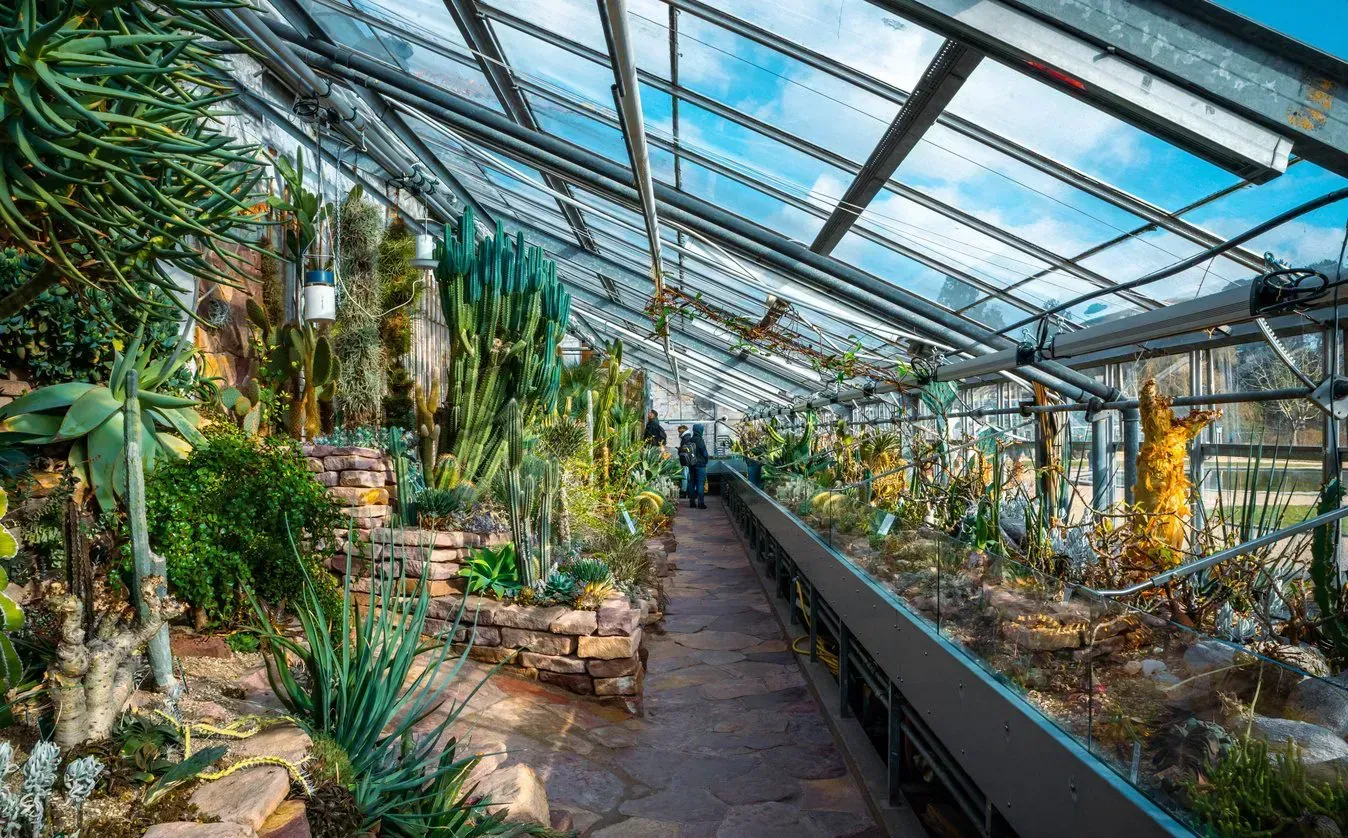
The Botanical Garden, tucked in Copenhagen’s center since 1874, grew from a 1600s medicinal plot into a 10-hectare oasis under the University of Copenhagen. Stroll through and find glasshouses brimming with exotic plants, ponds reflecting the sky, and the rustle of leaves in the breeze. It’s a serene escape that hooks nature lovers and anyone needing a quiet break from the city’s hum.
